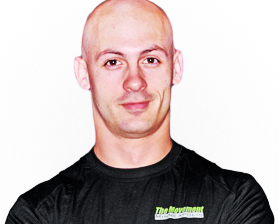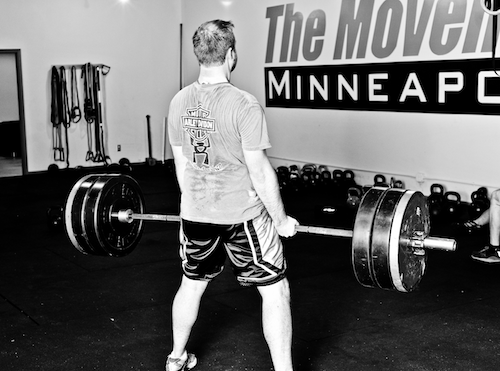Not a day goes by that I don’t get a message asking about my training, how people at The Movement Minneapolis train, or what this Gym Movement thing I talk about is. As with any technology that is on the very leading edge, it can take a little bit of research and exploration to find those answers. I aim to provide a useful starting point for people interested in Gym Movement and the protocol.
First of all, what is Gym Movement?
Gym Movement is a system of training centered on the simple, but revolutionary premise that you can PR every time you train. The idea may seem bold, and it may seem counter to what is accepted dogma in training, but it is not counter to our biology. You are always changing, always adapting, and as long as you are headed towards better you can very literally set a Personal Record (PR) every time you train.
What is The Movement?
This training system that we believe, and have been able to demonstrate through experience, delivers the fastest and most sustainable progress is also by necessity a life system. You see, what happens in the gym or in sport training does not happen under a special set of rules, laws or circumstances. What is true inside of the gym must be true outside, and vise-versa. The Movement is a tribe of people centered around this idea that not only can you PR in the gym every time you train, but you can PR in every aspect of life – provided you are headed towards better. The particular system of training, the Gym Movement Protocol, was created by Frankie Faires but The Movement has no central leadership.
Because, “if you follow anything other than your body, you will break your body.” – Frankie Faires
How do you follow your body?
Simply by using your body’s own feedback as biometric feedback, or biofeedback. There are expensive pieces of equipment that allow you to do this, such as Tendo units and Omegawave, as well as less expensive and more accessible technology such as ithlete HRV or BioForce HRV. However, we have found that simply by using range of motion (ROM) testing you can learn even more, without anything other than your own body.
Your body is constantly giving you feedback, if you just ask the right questions, you can follow your body.
How can I learn more?
Conveniently, I’ve spent many hours creating a free eCourse to teach you all the basic tenets of Gym Movement. You can also contact one of the originators of The Movement, Frankie Faires at his web site. If you’re local to the Twin Cities, you can come to The Movement Minneapolis for a free class, where we’ll teach you the basics of testing and applying the protocol.



